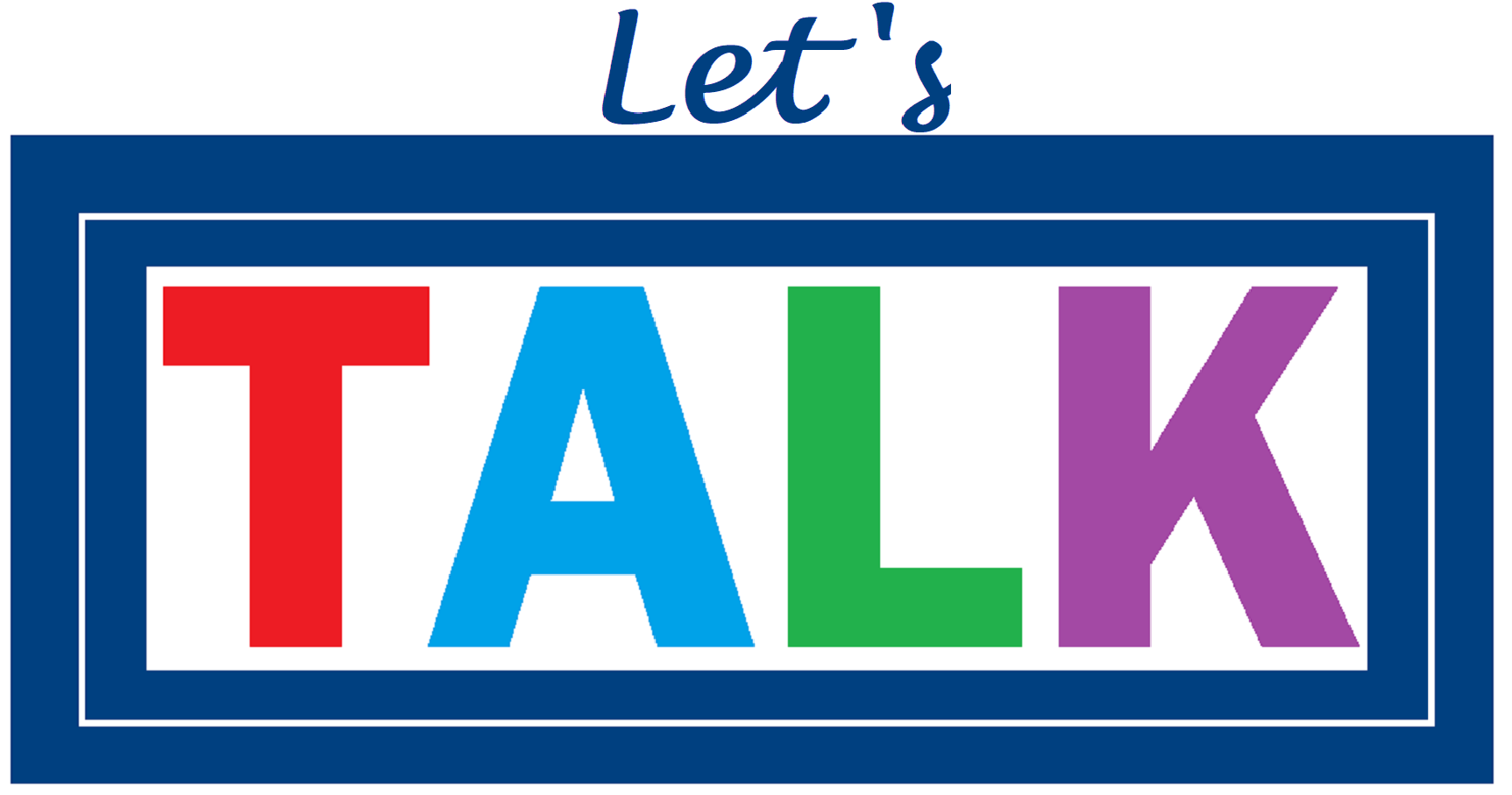By Dan Boughton
Rachel Carson and her seminal 1962 book, Silent Spring, brought to our attention the dangers of DDT, a debilitating insecticide used in agriculture. This kickstarted an Environmental movement that exposed the hazards and health consequences of widespread pesticide use.
We have a not so new, but equally perilous pesticide that is ubiquitous in our ecosystems affecting the food and water we consume. Neonicotinoids (Neonics) are a class of insecticides chemically related to nicotine. They were first brought to light in 1992 and started to see widespread usage in 2004. In 2011 their usage doubled from the prior year. Currently the usage of neonics is nearly unabated in the United States. At present, practically every corn seed used in our country is coated with neonics.
I feel compelled to share this information and to bring awareness as to what you and I can do to reverse and eliminate the usage of neonics here in Connecticut. First, I need to share with you the detrimental effects that scientific research has documented with our 20 years of neonic usage. Most of the data comes from a recently attended Neonic Seminar at Trinity College in Hartford.
The goal as stated by the purveyors of neonics was and still is to eradicate harmful insects for the Agricultural industry. Louis Robert, an Agronomist (expert in the science of soil management and the production of field crops) and Minister of Agriculture in the province of Quebec for 35 years, spoke at the seminar. Mr. Robert, through a long-term study, determined that neonics did not have any effect on the targeted insects, and that crop production was unchanged or in some cases lowered. The findings were clear that neonics were useless for insect control on the targeted plants. However, as with most insecticides, they are toxic and kill beneficial pollinators. He, along with others, were the main drivers of convincing Provincial legislatures to ban neonics in Quebec. Europe also has a complete ban on neonics that took place in 2018.
Hardy Kern, Director of Government Relations for American Bird Conservancy, states neonics and birds are a “match made in hell”. One single neonic coated seed consumed by a small songbird is fatal. The toxicity of neonics affects the motor movements and migration of most of our backyard birds. 96% of terrestrial birds eat insects that are in significant decline. Neonics, along with other pesticides, have thrown fuel on the fire, which has propelled the planet’s population of birds into a tailspin. We now have three billion less birds since the 1979 count.
Yes, neonics are documented to have negative effects on the health of mammals, including us humans. A controlled study of white-tailed deer in South Dakota and Montana has shown elongated jaws and misshaped genitalia exclusively with deer that have neonics in their blood stream. Pet collars impregnated with neonics have led to seizures in dogs and people in the household. Kathleen Nolan, MD, Pediatrician, documents that 50% of Americans are exposed to neonics. The effects are similar to high doses of nicotine with acute and chronic toxicity symptoms, including decreased sperm quantity and quality, decreased testosterone, and altered insulin regulation. Our young children and unborn children are at the greatest risk. Neonics interrupt communication between the neurons in our brain and the cells throughout our body. Birth defects include adverse developmental and neurological outcomes. A recent rise in cleft palates is correlated to increased exposure of neonics.
Sadly, I could add more depressing data, but enough of the doom and gloom. My intentions are not to motivate you with fear, but with knowledge. So, what can we do? It turns out plenty. The CT legislature through the Environment Committee has offered Senate Bill 190. This bill falls far short of the protections that are needed. However, contact your State Representative and Senator. Ask them to urge the Environment Committee to amend the bill and replace it with language from 2023 SB 963. However, governmental regulations by themselves are not enough. Neonics have become a prime ingredient in many of the fertilizers we use on our lawns. Currently you cannot purchase neonics retail in CT. However, all landscaping services are authorized to use them in CT, and many do so. If you are currently using a service, ask them if they spray neonics. If the answer is yes, look for another service. The specific neonic chemicals used in fertilizers and insect control on our plants and lawns are Imidacloprid and Clothianidin. Finally, spread the word. Talk to your neighbors, friends and family.
For nearly three decades in Connecticut, you rarely and probably never saw bald eagles. Now they are a fairly common sight. This was because Rachel Carson and many other individuals raised awareness, contacted their legislatures and got DDT banned in the United States in 1972. A worldwide ban was enacted in 2004. Bald eagles and many other raptors are now part of our ecosystem, instead of facing extinction. It is now our turn to fight the battle against neonics, the new DDT. It is imperative to educate and convince our legislators, landscape professionals and our friends that we will no longer tolerate these deadly chemicals in our environment.
The TALK (Truth in Action with Love and Kindness) Environmental Action team seeks to promote conversations about the environment and climate change in our community. If you have a related topic which you are passionate about, please send your ideas and suggestions for future articles to: prez@talk-action.org. All articles are archived on the Talk website http://talk-action.org
